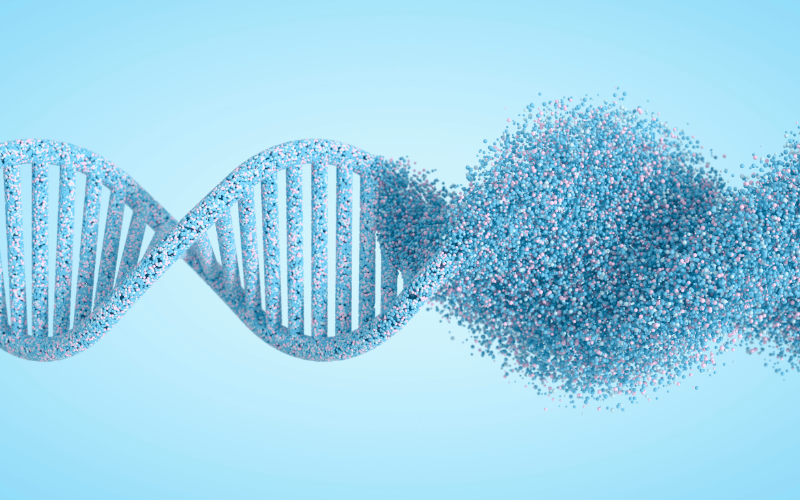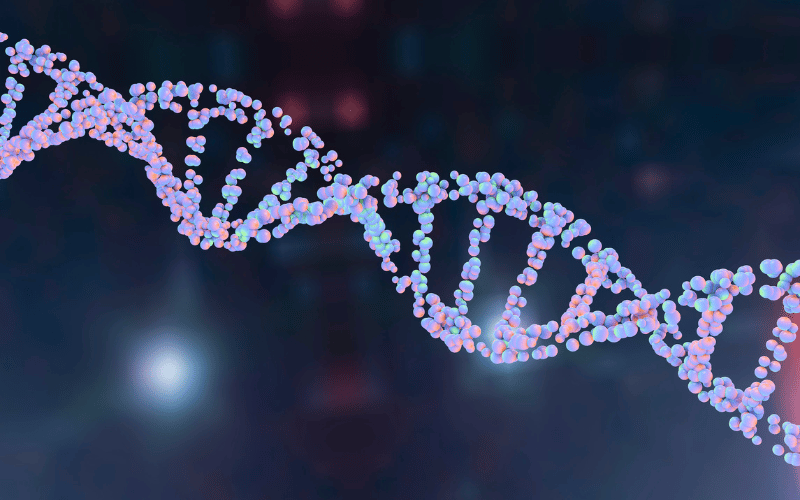Introduction: Delving into Treacher Collins Syndrome
Treacher Collins Syndrome (TCS) is a genetic condition that presents a unique set of challenges and experiences for those affected by it. Characterized by its impact on facial development, TCS is more than just a medical diagnosis; it’s a condition that touches every aspect of an individual’s life, from their physical appearance to their social interactions and emotional well-being.

This in-depth look at Treacher Collins Syndrome aims to shed light on its various facets, offering valuable information for those directly affected, healthcare professionals, and anyone seeking to understand this condition better. We will explore the genetic underpinnings of TCS, its prevalence, the spectrum of physical manifestations, and the psychological impacts that often accompany it. Additionally, we’ll delve into the importance of early diagnosis, the multidisciplinary approach to treatment, the role of hearing in TCS, advances in research, daily life navigation, and the overarching significance of awareness and education.
Understanding Treacher Collins Syndrome is not just about recognizing its symptoms and medical aspects. It’s about comprehending the lived experiences of those who deal with it daily. It’s about fostering empathy, promoting awareness, and working towards a future where individuals with TCS receive the support and recognition they deserve. Through this exploration, we aim to provide a comprehensive and empathetic view of Treacher Collins Syndrome, offering insights that go beyond the surface to touch the heart of what it means to live with and understand this condition.
Now, let’s delve deeper into the specific aspects of Treacher Collins Syndrome, starting with its definition and genetic basis, followed by its physical manifestations, psychological impacts, diagnosis, treatment options, and more. Each section aims to provide detailed, accurate, and empathetic insights into the various dimensions of TCS, helping to build a more comprehensive understanding of this condition.
Fact 1: Defining Treacher Collins Syndrome

Treacher Collins Syndrome (TCS) is a genetic condition primarily affecting facial development. It’s caused by mutations in the TCOF1, POLR1C, or POLR1D genes. These genes play an integral role in the development of facial bones and tissues during embryogenesis. The syndrome’s hallmark is the underdevelopment of facial structures, including the cheekbones, jaw, and ears.
The genetic aspect of TCS is crucial for understanding the condition. The mutations that cause TCS disrupt the normal development of facial bones, leading to the characteristic features of the syndrome. These mutations can occur spontaneously or be inherited from a parent carrying the mutated gene.
The impact of TCS on facial development varies in severity. Common physical manifestations include underdeveloped cheekbones, a small lower jaw, and abnormalities in the ears and eyes. These physical characteristics are more than cosmetic; they can lead to functional implications affecting breathing, hearing, and speech.
Diagnosing TCS is typically based on physical features and may be confirmed through genetic testing. Awareness of the syndrome’s defining characteristics among healthcare providers is essential for early diagnosis and management.
Understanding TCS goes beyond recognizing its physical symptoms. It’s about comprehending a condition that significantly impacts individuals’ lives, shaping their interactions and experiences. This broader perspective is vital for providing comprehensive care and support to those affected. (1)